Has Putin launched the second nuclear arms race?
Historian Serhii Plokhy explains why the Kremlin’s nuclear proliferation has begun a dangerous new era of mutually assured destruction

This article appeared in History of War magazine issue 152.
CIA analysts gathered around U-2 spy plane photographs taken of Cuban military facilities. With horror, they realised they had just discovered Soviet medium-range and intermediate-range nuclear missiles – weapons that were capable of targeting most of the continental US.
The next morning, National Security Advisor McGeorge Bundy briefed President John F Kennedy. A naval quarantine of Cuba, and the closest the world has ever come to all-out nuclear conflict, followed.
The Week
Escape your echo chamber. Get the facts behind the news, plus analysis from multiple perspectives.

Sign up for The Week's Free Newsletters
From our morning news briefing to a weekly Good News Newsletter, get the best of The Week delivered directly to your inbox.
From our morning news briefing to a weekly Good News Newsletter, get the best of The Week delivered directly to your inbox.
The Cold War pivoted on the 1962 Cuban Missile Crisis. The USA and the Soviet Union looked into the terrifying void and decided to collaborate on limiting horizontal (the number of nations with access to nuclear weapons) and vertical (the size of nuclear powers’ arsenals) proliferation.

President John F Kennedy pictured shortly after signing an embargo on Cuba, during the 1962 crisis
International agreements followed, including the Nuclear Non-Proliferation Treaty and the Strategic Arms Limitation Talks, gradually bringing the world closer to safety. However, Serhii Plokhy, Cold War historian and author of The Nuclear Age, told History of War that our contemporary nuclear age has become significantly more dangerous.
“None of these treaties have continued. We are back to where we were before the Cuban Missile Crisis.” he explains. “We have entered the second nuclear arms race, and it’s more dangerous than the 1950s, because there are more players and no regulations in place.”

President Johnson looks on as Secretary of State Dean Rusk signs the treaty for the Non-Proliferation of Nuclear Weapons
In the past, nuclear powers have pondered using force to limit proliferation. Advisers in Kennedy’s administration considered using covert special operations deployments to stop China from acquiring nuclear weapons.
A free daily email with the biggest news stories of the day – and the best features from TheWeek.com
This planning has escalated to deadly action in the post-Cold War nuclear age, including the invasion of Iraq and US strikes against Iran’s nuclear facilities in 2025.
Yet the main danger may not lie in the proliferation of nuclear weapons to other nations. “Today, we think that the world will end if Iran acquires nuclear weapons,” says Plokhy.
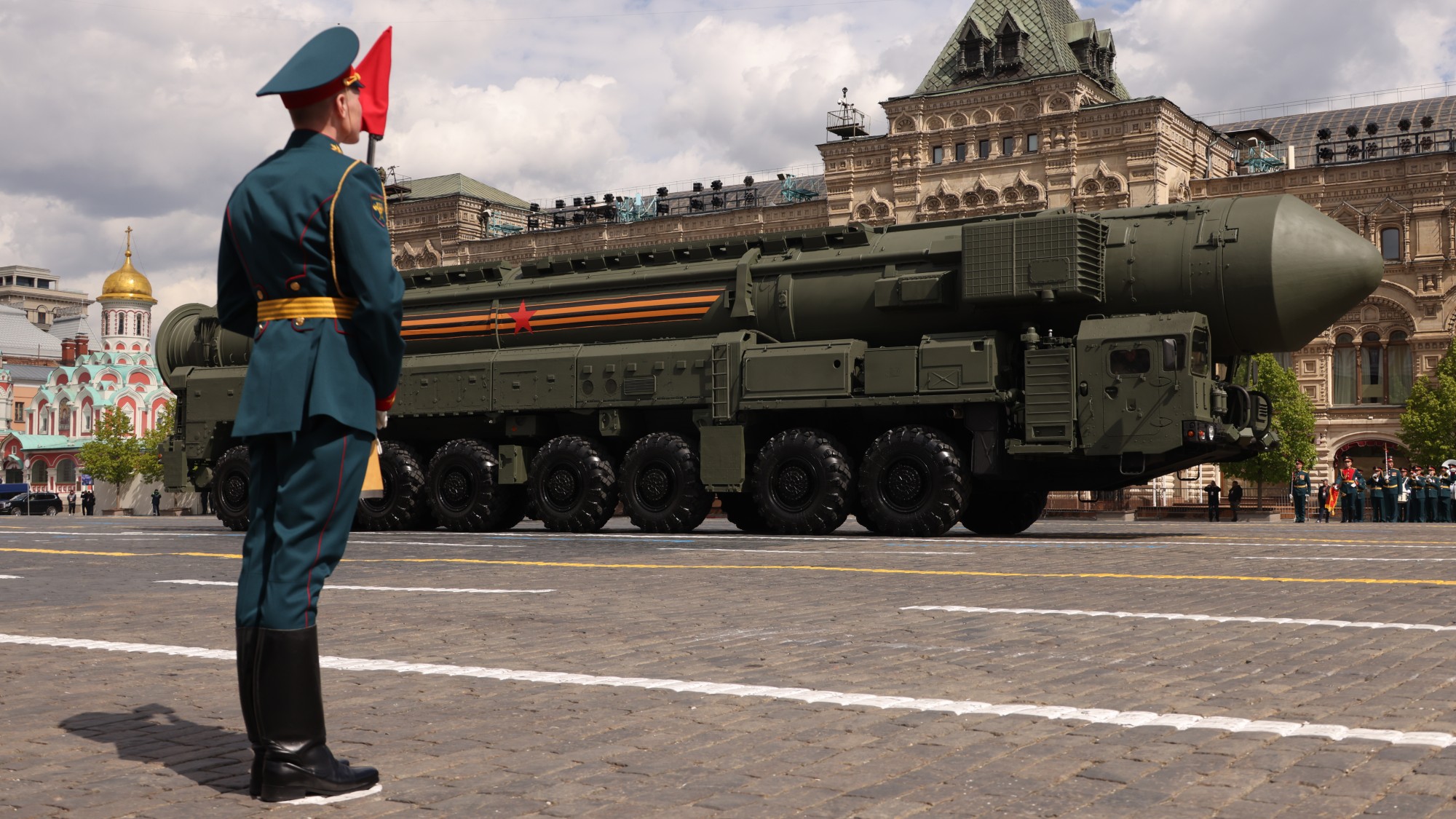
Rehearsals for Moscow’s Victory Day parade in May 2025 featured RS-24 Yars intercontinental nuclear launchers
“We have been in Iran-type moments in history many times, and the world didn’t come to an end because there was no monopoly on the use of nuclear weapons. Whatever country acquires them exists in a world with other players that are much more powerful.”
The proliferation of nuclear weapons to other nations has diluted the nuclear monopoly, an essential condition for mutually assured destruction, but that alone has not made the world safer.
Plokhy explains: “The balance of nuclear weapons continues between the U.S. and Russia, who are the nuclear superpowers more than three decades after the Cold War, but the balance of fear has disappeared.
During the Cold War, countries that had nuclear weapons were equally as concerned about the dangers of nuclear conflict. However, “Russia behaves as if it’s the only country with nuclear weapons,” Plokhy explains.

Russia conducted large-scale exercises of its nuclear triad, testing the country's land, sea, and air-based strategic forces. October 22, 2025
Vladimir Putin appears to have lost his fear of nuclear destruction because economic weakness has backed him into a corner; Russia has not yet fully recovered economically from the collapse of the Soviet Union.
“There is an enormous imbalance between the economic and nuclear power of Russia,” says Plokhy. “Nuclear power has become the only card they can play in the global arena and during the Russo-Ukrainian war.” Other nuclear powers have recently taken actions to assert their nuclear readiness, which could lead to a resurgence of Russian fears.
Plokhy indicates that the West also needs to show conventional military readiness: “If Russian drones attack NATO countries and NATO countries don’t send their drones into Russia, that causes a problem with the balance of fear. Russia is not the only country that can send drones into the territory of other states.”
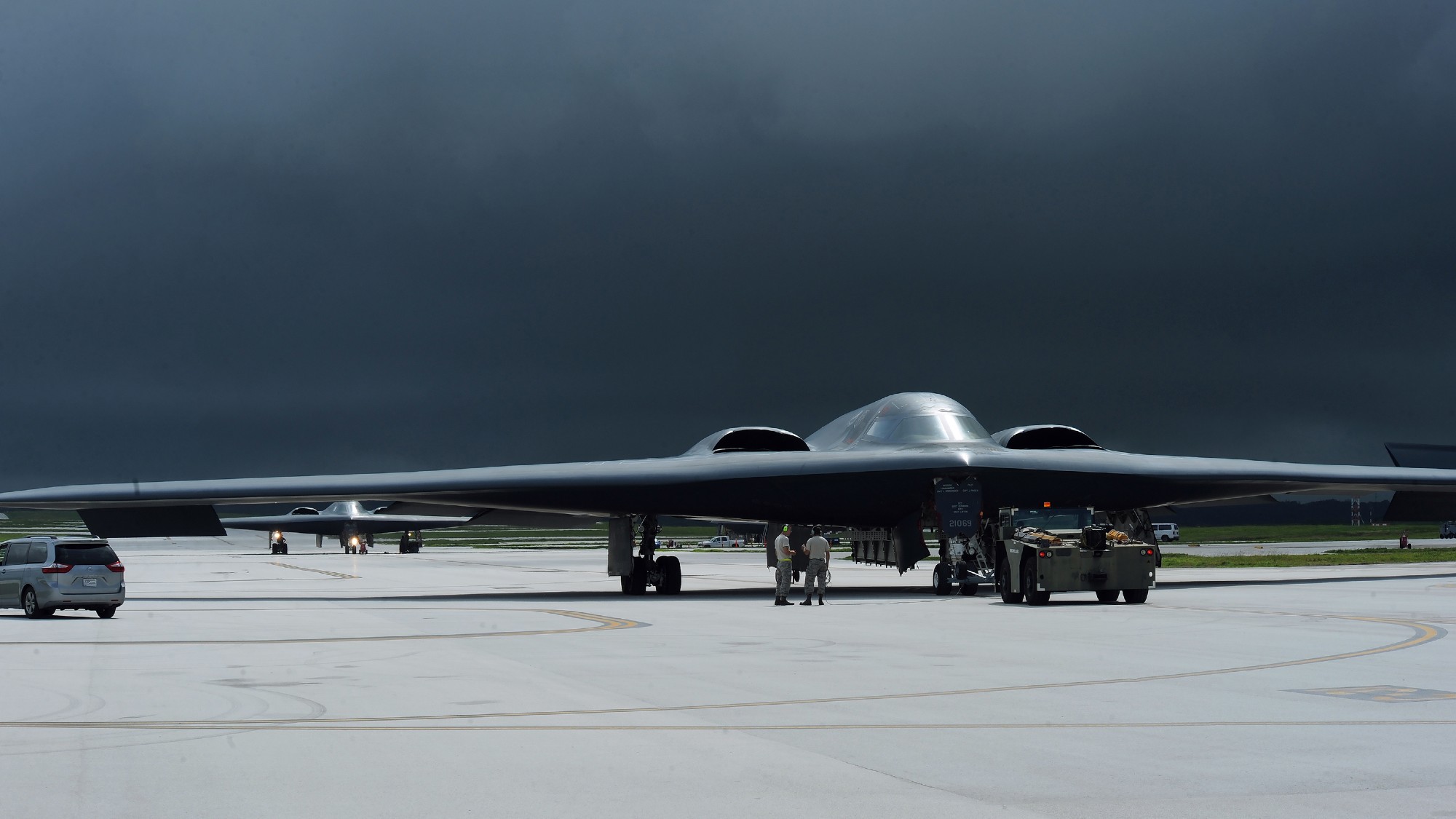
Nuclear-capable B-2 Spirit bombers gathered on an airstrip in Guam
As nuclear powers seek to return to a safe world, Plokhy positions the Cold War not as a “horribly dangerous period in international relations”, but as a “success story” from which “new generations can relearn the lessons that helped their grandparents to survive”.
He explains: “If we look at the Cold War through that perspective, we can ask questions like: ‘Was it just luck that we survived, or did we do something right?’ One of the things that was done right was the balance of fear necessary for equilibrium in international relations.”
Plokhy makes it clear that regenerating the right kind of nuclear terror can make the world a safer place. Whether that will happen before another event like the Cuban Missile Crisis brings the world back to the brink remains to be seen.
This article originally appeared in History of War magazine issue 152. Click here to subscribe to the magazine and save on the cover price!
-
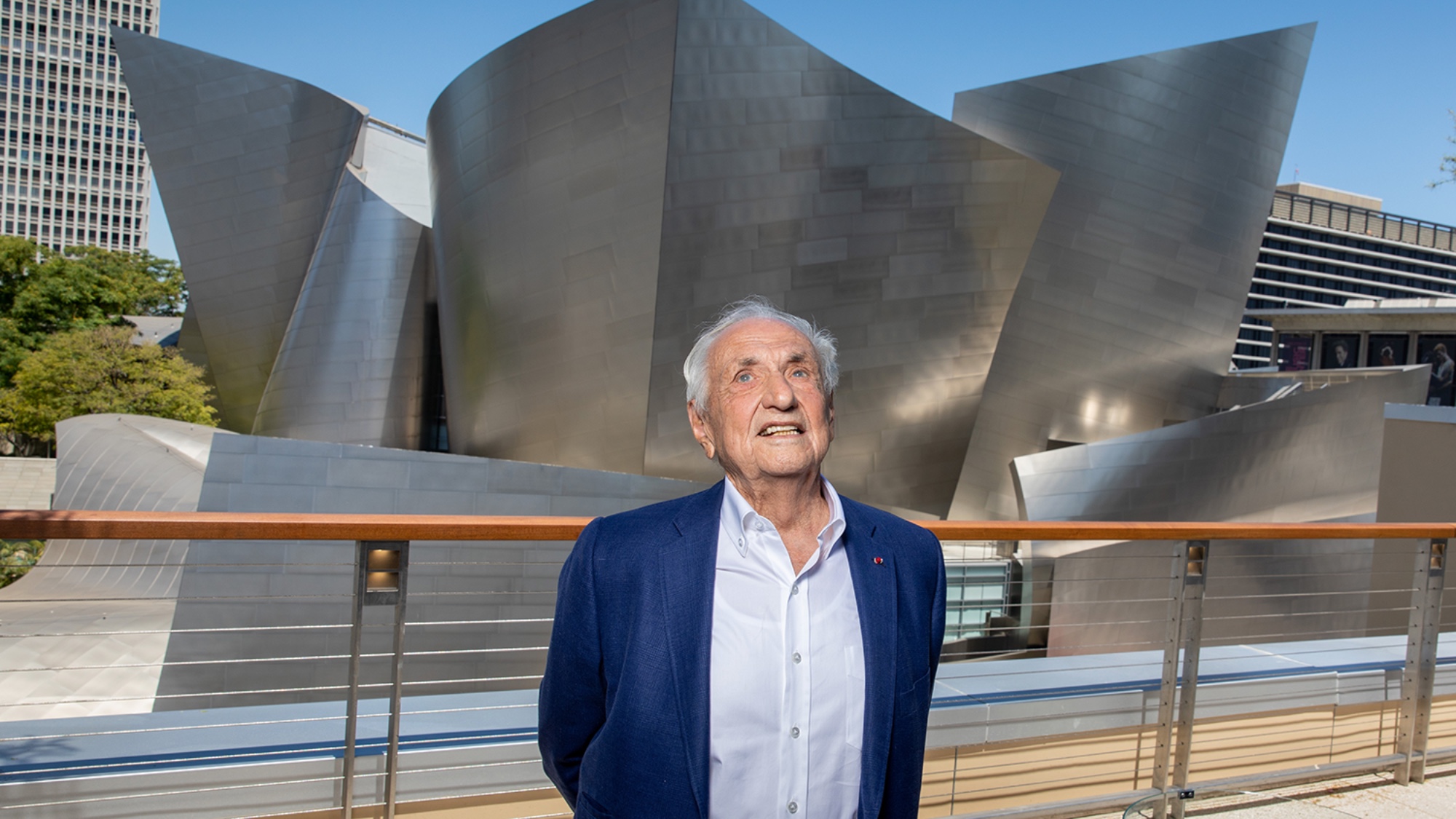 Frank Gehry: the architect who made buildings flow like water
Frank Gehry: the architect who made buildings flow like waterFeature The revered building master died at the age of 96
-
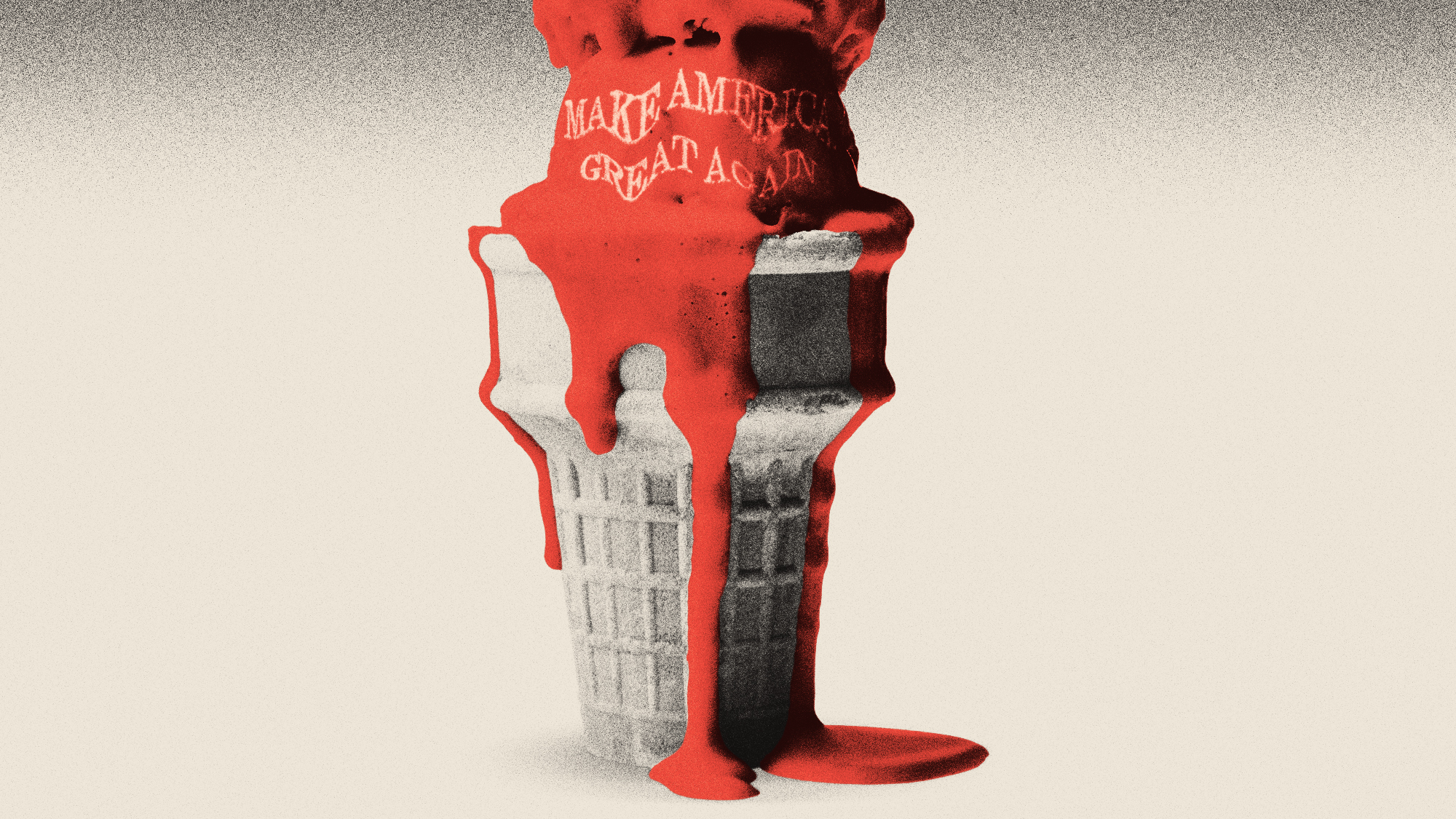 Is MAGA melting down?
Is MAGA melting down?Today's Big Question Candace Owens, Tucker Carlson, Laura Loomer and more are feuding
-
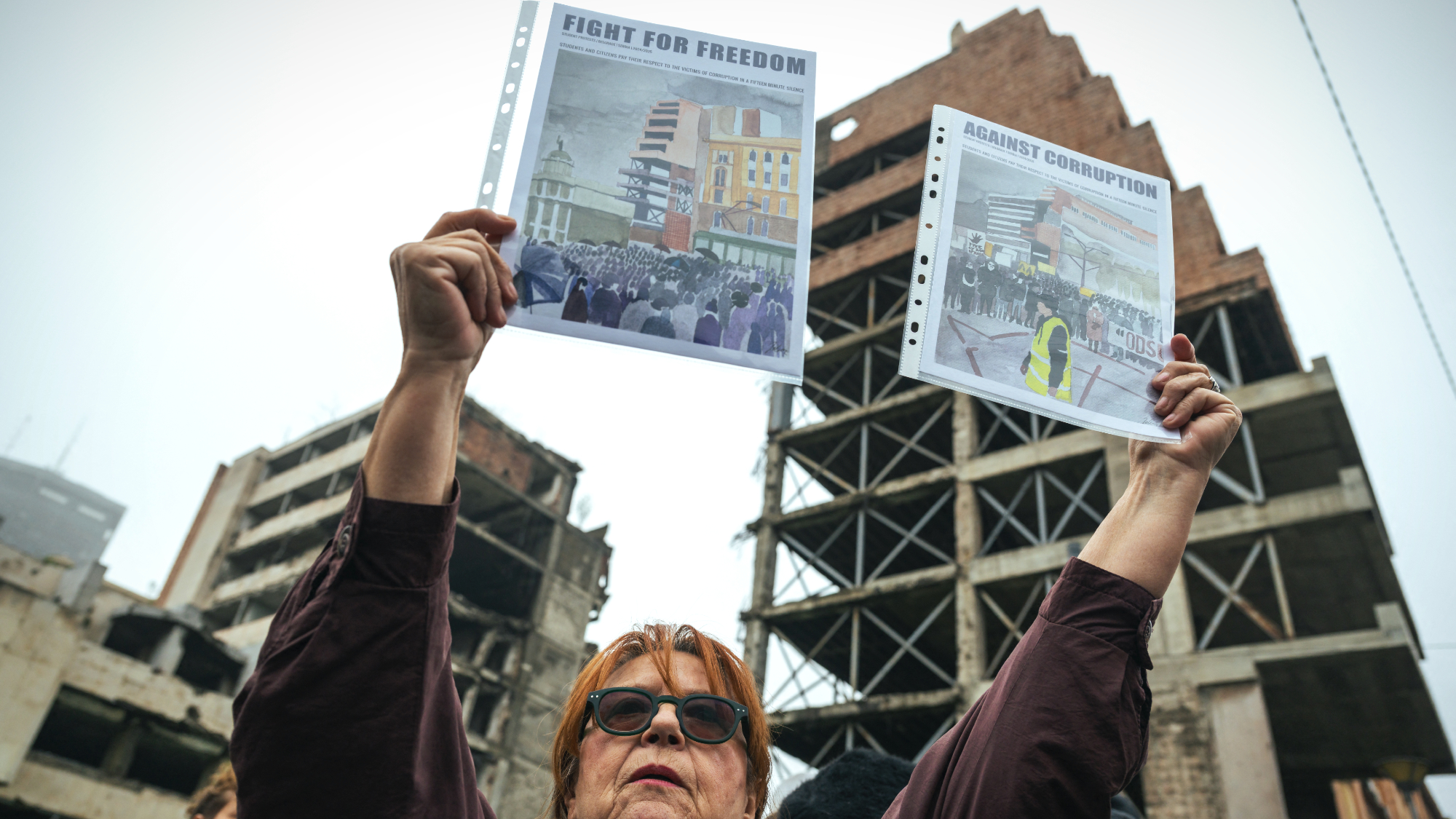 Kushner drops Trump hotel project in Serbia
Kushner drops Trump hotel project in SerbiaSpeed Read Affinity Partners pulled out of a deal to finance a Trump-branded development in Belgrade
-
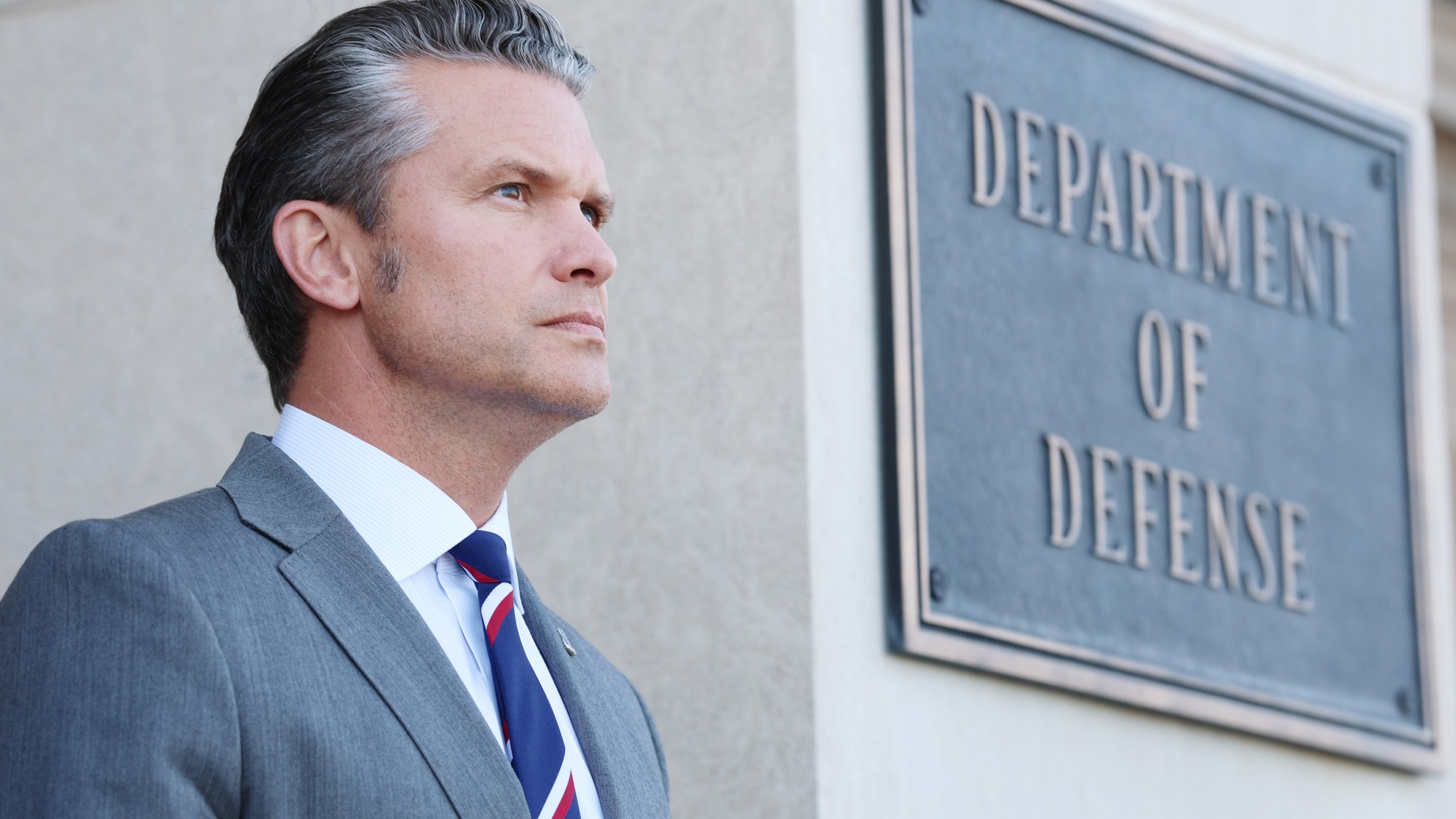 How the War Department became the Department of Defense – and back again
How the War Department became the Department of Defense – and back againIn Depth In 1947 President Harry Truman restructured the US military establishment, breaking with naming tradition
-
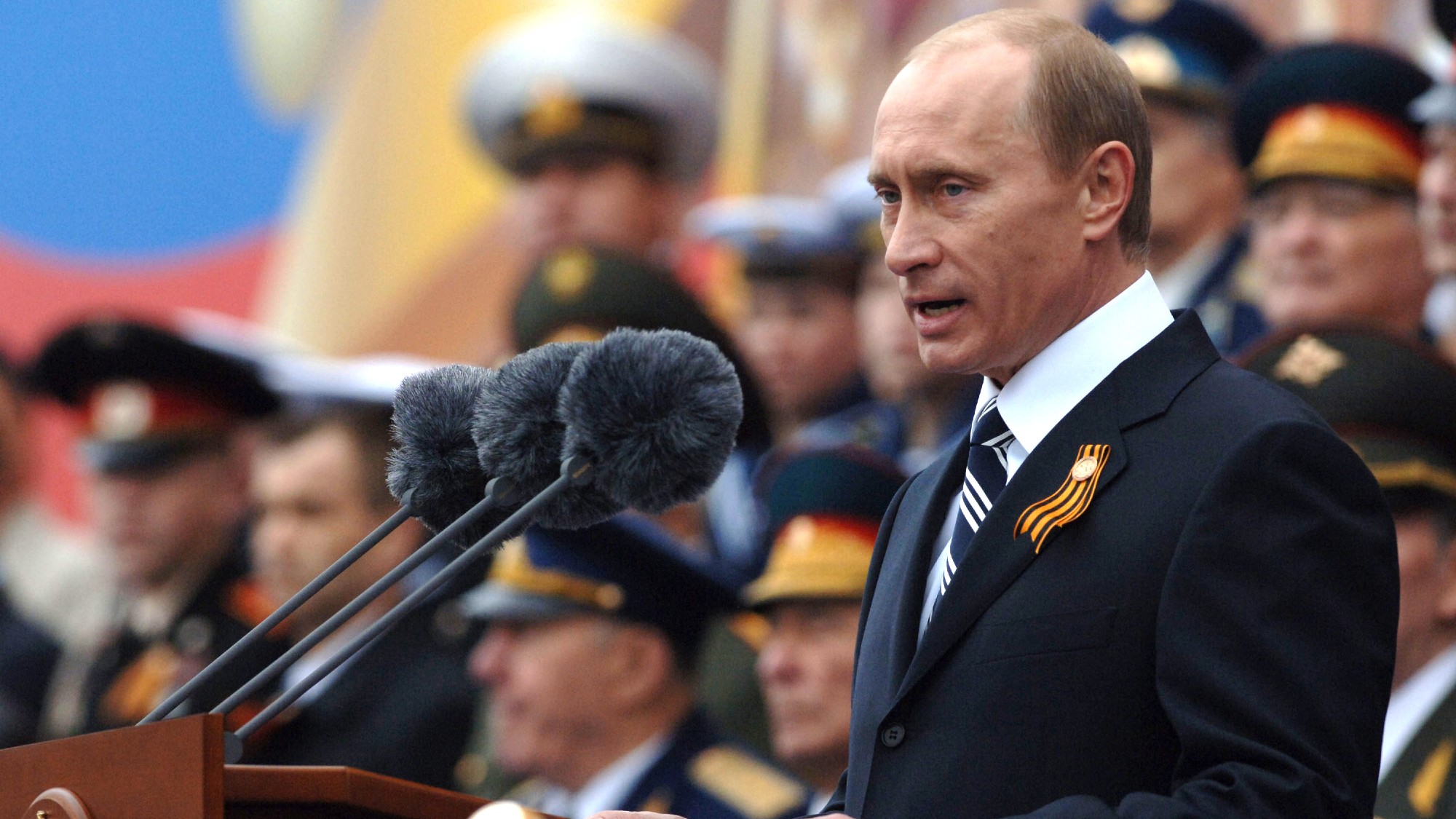 How Putin misunderstood his past victories
How Putin misunderstood his past victoriesIn Depth Though Vladimir Putin has led Russia to a number of grisly military triumphs, they may have misled him when planning the invasion of Ukraine
-
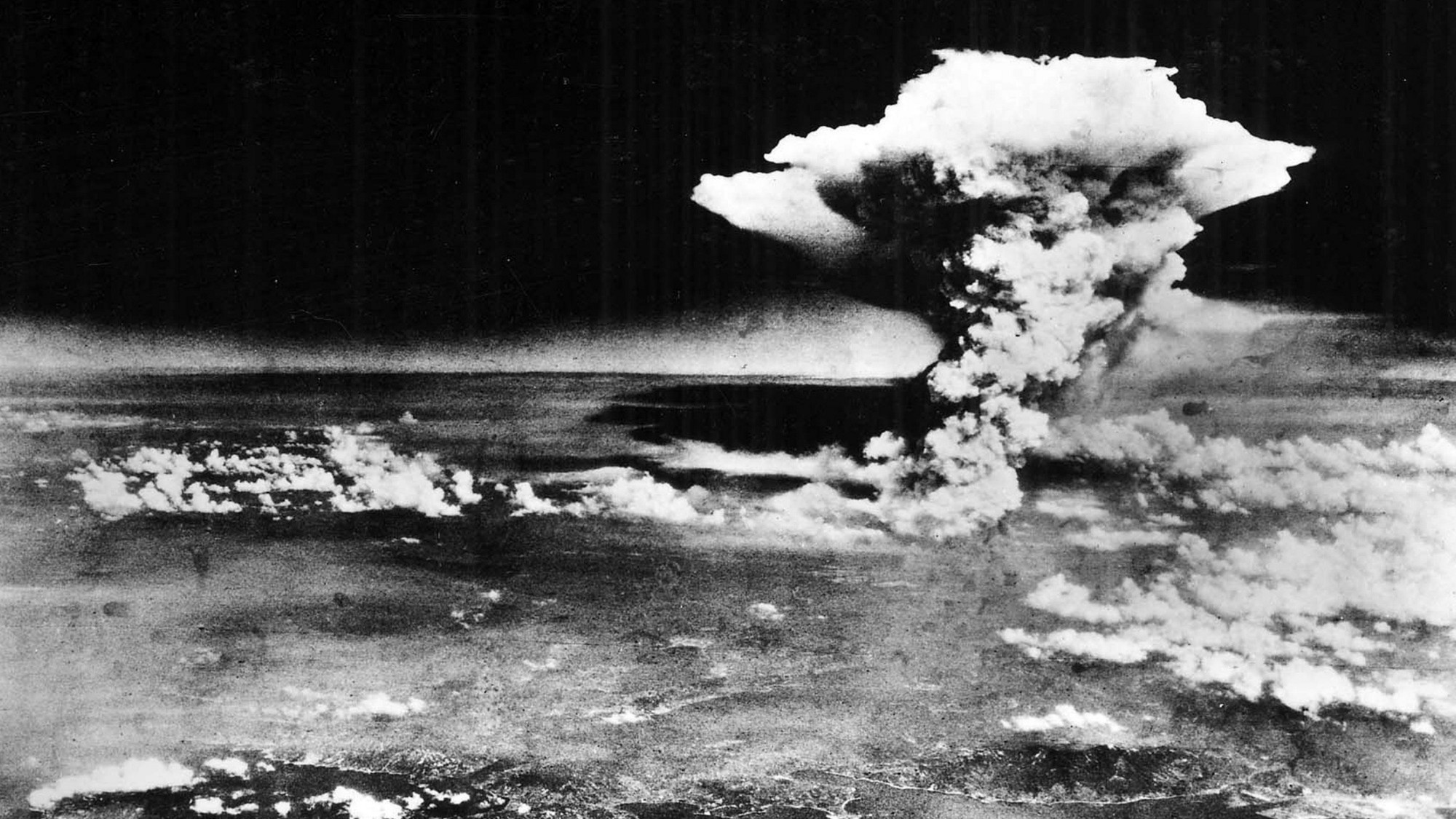 America's controversial path to the atomic bomb
America's controversial path to the atomic bombIn Depth The bombing of Hiroshima followed years of escalation by the U.S., but was it necessary?
-
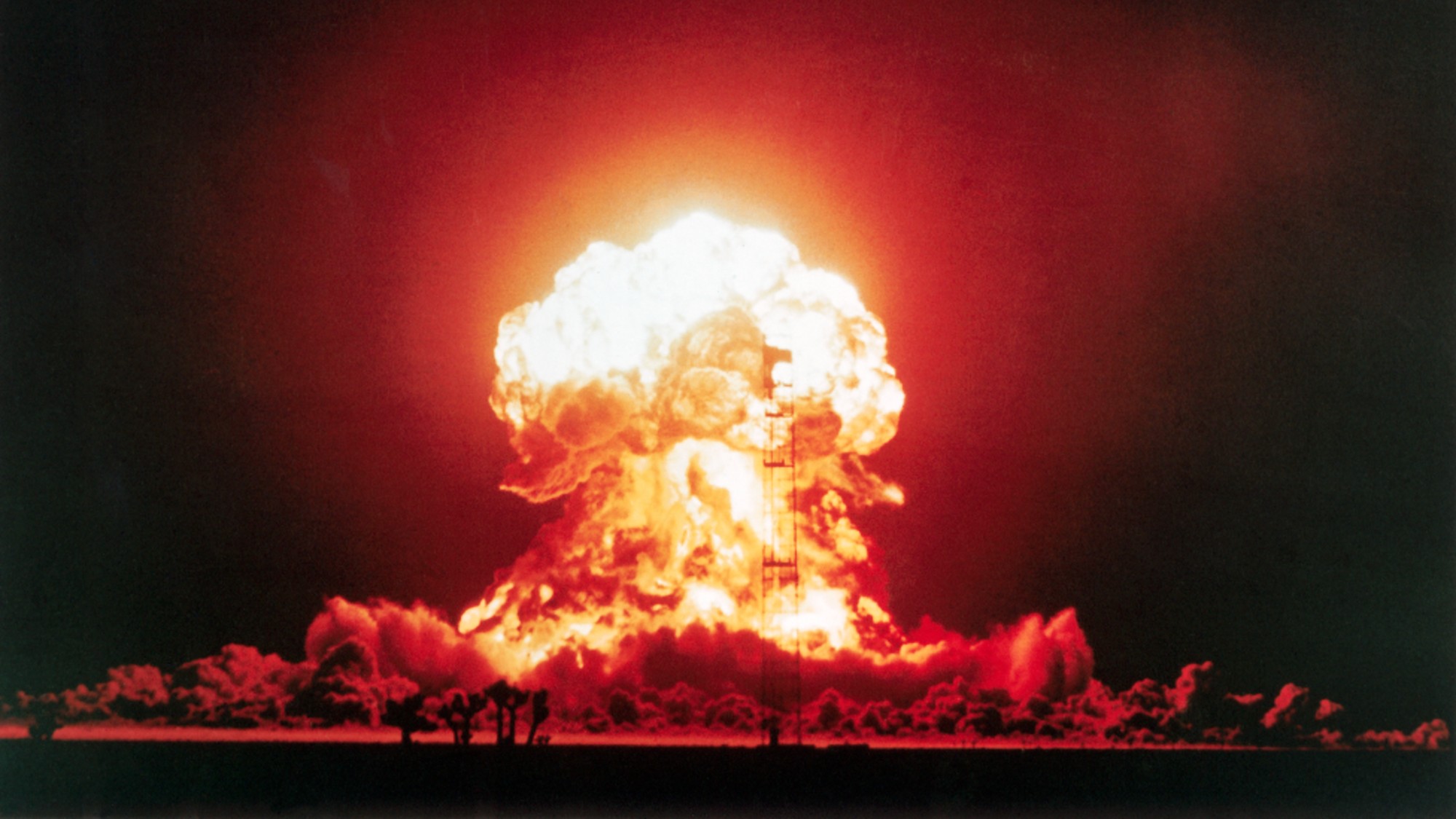 Mutually Assured Destruction: Cold War origins of nuclear Armageddon
Mutually Assured Destruction: Cold War origins of nuclear ArmageddonIn Depth After the US and Soviet Union became capable of Mutually Assured Destruction, safeguards were put in place to prevent World War Three
-
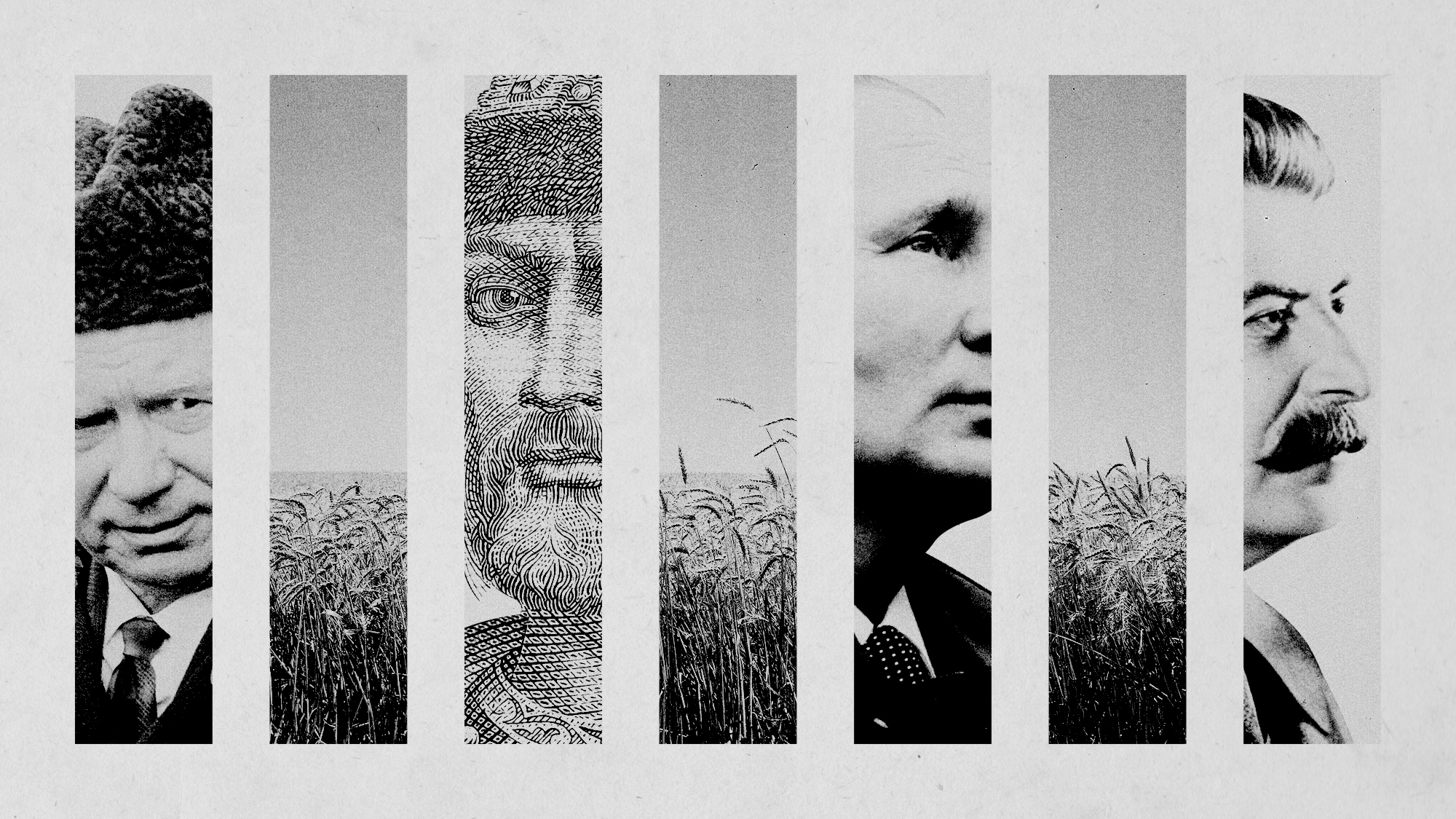 A brief history of the centuries-old relationship between Ukraine and Russia
A brief history of the centuries-old relationship between Ukraine and RussiaIn Depth The countries are bound together by history and geography, but Putin sees danger in that symbiosis
-
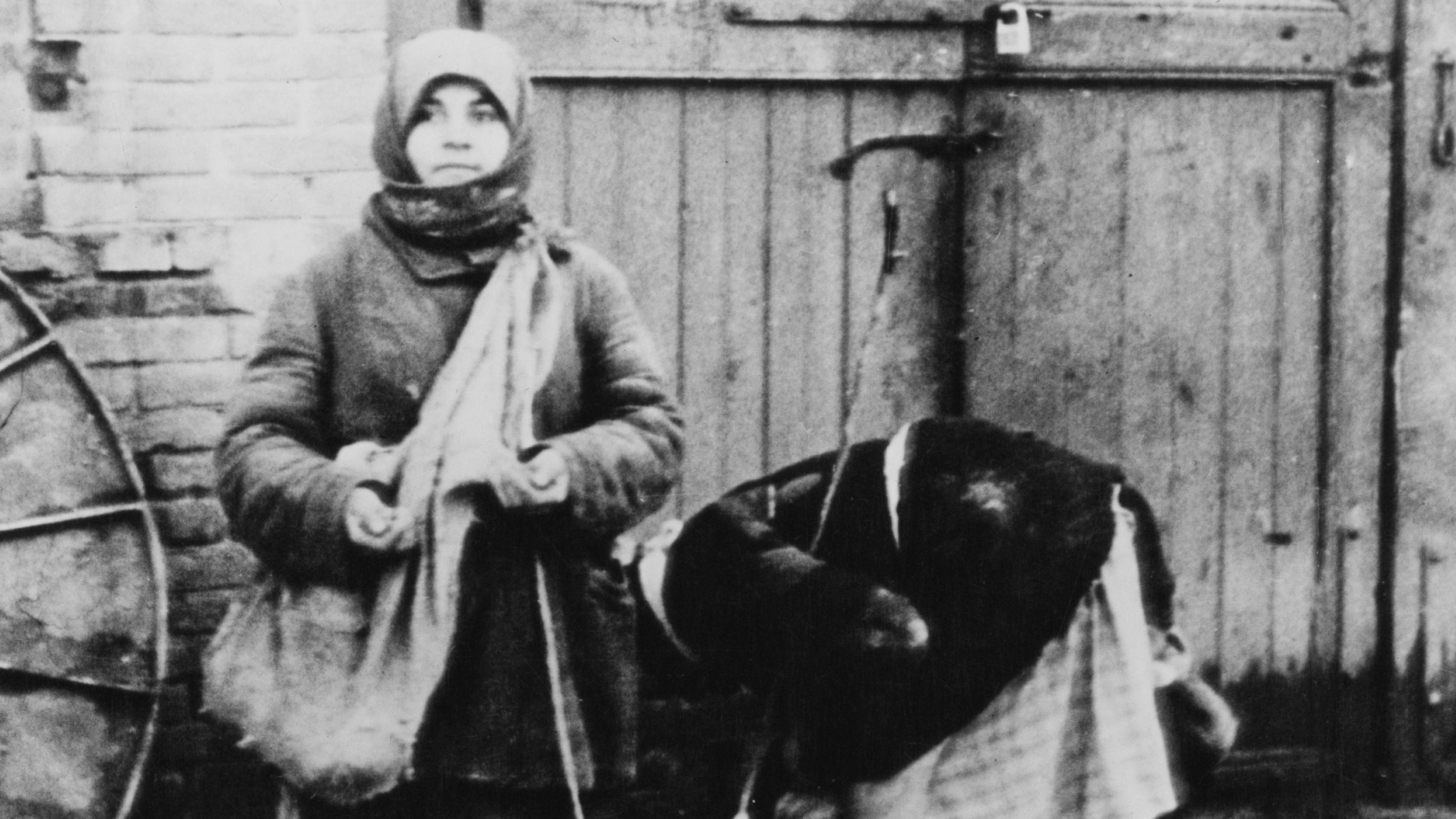 The Holodomor: Ukraine’s other significant anniversary
The Holodomor: Ukraine’s other significant anniversaryfeature The famine killed nearly four million people, stripped the country of it's independence, and still was denied by the Soviet Union
-
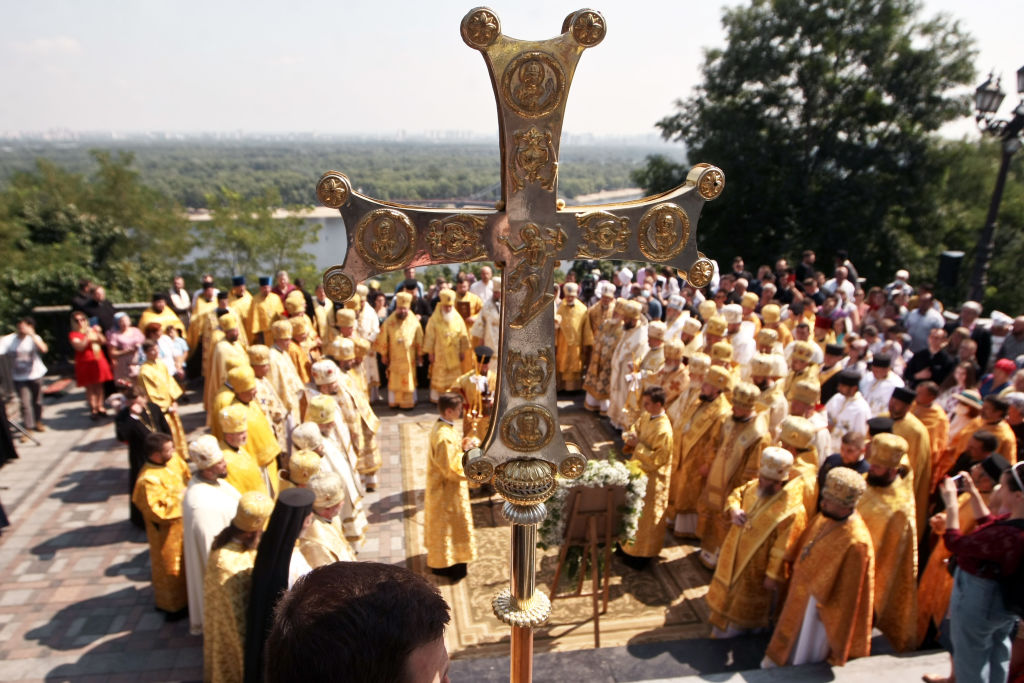 Vladimir Putin’s narrative of Russian victimhood examined
Vladimir Putin’s narrative of Russian victimhood examinedfeature Russian president has repeatedly pointed to his country’s history to justify Ukraine invasion
-
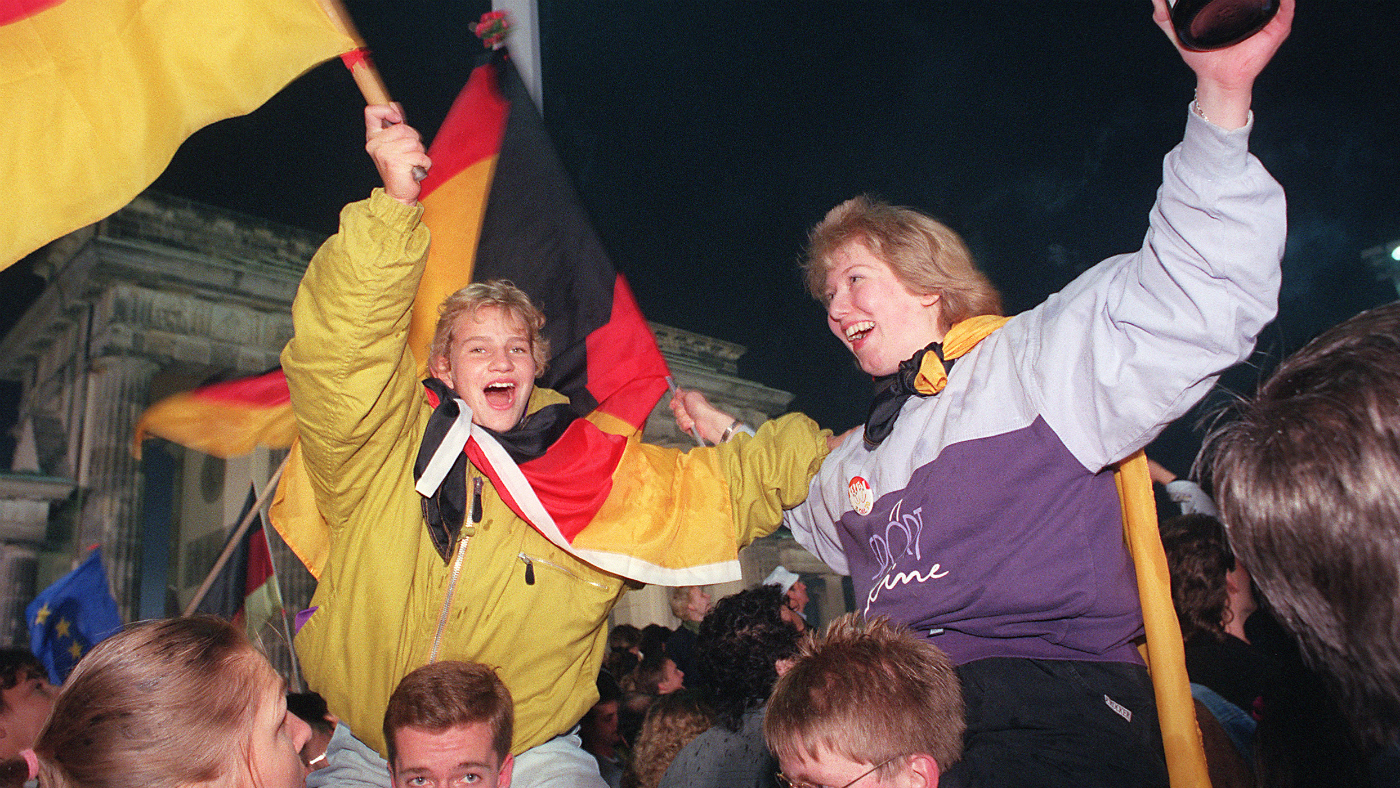 German reunification: how the world reacted
German reunification: how the world reactedIn Depth This week marks the 28th anniversary of the formal dissolution of the German Democratic Republic